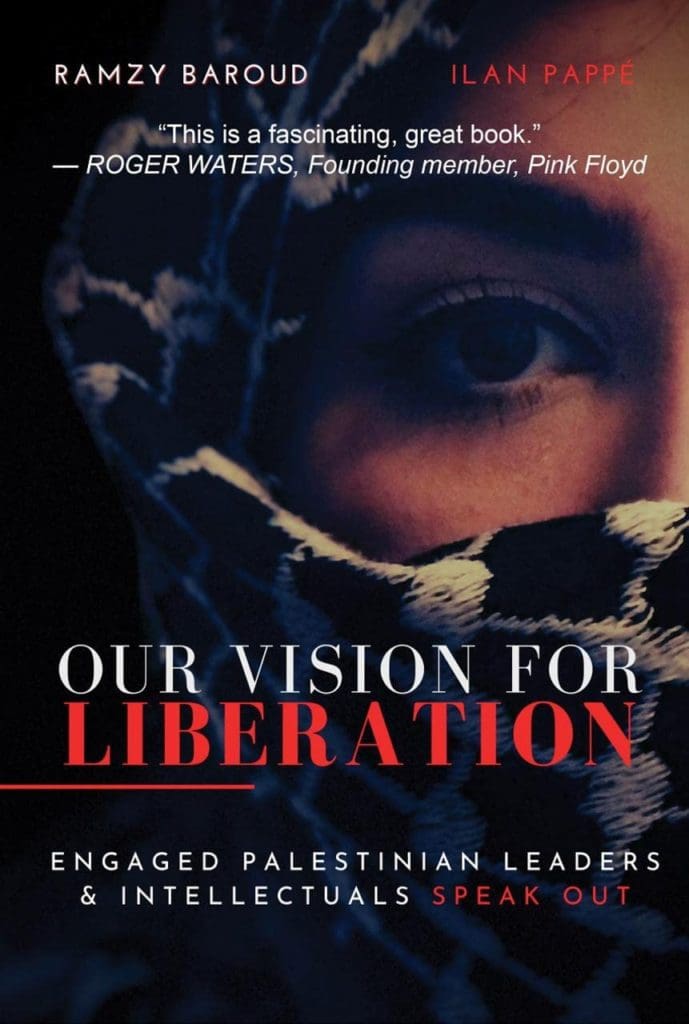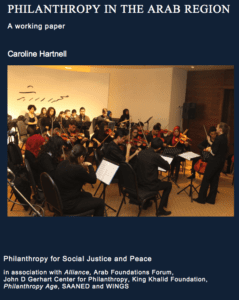“Do non-Palestinians only stand in solidarity with the struggle against Israeli settler colonialism? Or do we recognize that the struggle for actual liberation is bigger than statehood? Does our understanding of Palestinian liberation include a critique of racial capitalism and neoliberal globalization and the ways they too perpetuate exploitation, inequality and injustice? If so, how should liberation-minded activists interact with Palestinians whose interests diverge, like those who aspire to build a Palestine that is allied with US and European corporate interests or those who want to establish another Islamic state?”

This is an excerpt from my chapter, “Aiding Liberation” in Ramzy Baroud and Ilan Pappe’s edited volume, Our Vision for Liberation: Engaged Palestinian Leaders & Intellectuals Speak Out.”
Get your copy from your favorite independent bookstore or from bookshop.org.

 A comprehensive and well-written report, Caroline Hartnell’s just-released
A comprehensive and well-written report, Caroline Hartnell’s just-released